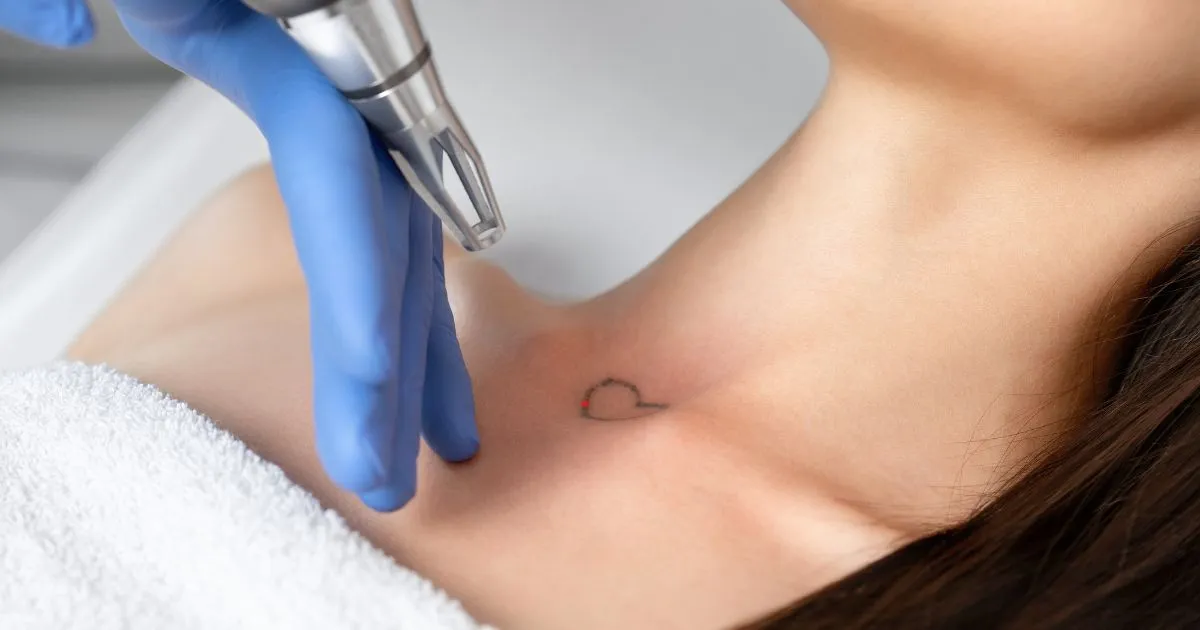

Are you looking for a way to rejuvenate your skin without undergoing surgery? A PDO thread lift might be the appropriate measure you’ve been searching for. This innovative, minimally invasive procedure has been gaining popularity as an alternative to traditional facelifts. It offers a subtle lift and enhances your natural beauty with minimal downtime. Whether you’re starting to notice the early signs of aging or seeking a fresh look, a PDO thread lift can assist you in revealing a more energetic facial physique. Let’s explore what makes this procedure stand out and why many people choose it as their go-to anti-aging treatment.
PDO thread lifts use PDO threads, which are thin, medical-grade sutures. These threads are embedded into the skin to lift and reinforce sagging areas, stimulating collagen production. Over time, the threads dissolve, leaving behind firmer, more youthful skin. PDO threads have been used in surgical sutures for years, making their application in cosmetic procedures well-studied and understood.
Before undergoing a PDO thread lift, a thorough consultation with a qualified provider is necessary. During this consultation, the provider assesses the patient’s skin condition, discusses desired outcomes, and explains the procedure in detail. This step provides assurance that the patient has realistic objectives and recognizes the process.
The PDO thread lift is performed under local anesthesia. The provider inserts the threads beneath the skin using a thin needle called a cannula. The threads have barbs or cones that anchor to the skin, allowing the provider to lift and reposition sagging areas. In general, it takes about 60 to 90 minutes to complete the procedure, depending on the areas to be addressed.
After the procedure, patients can leave for home the same day. However, there are specific aftercare instructions to follow to ensure optimal results and minimize complications. These include avoiding makeup and moisturizer for a few days, applying cold compresses to reduce swelling, and avoiding strenuous activities.
PDO thread lifts offer several advantages:
Ideal candidates for a PDO thread lift are individuals experiencing early signs of aging, typically in their late 30s to early 50s. The procedure is suitable for those seeking subtle improvements rather than dramatic changes and for those who prefer to avoid surgical options. Additionally, PDO thread lifts can be a good option for individuals with certain health conditions, such as high blood pressure or diabetes, who may not be candidates for traditional surgery.
Following these before and aftercare guidelines helps ensure a smooth recovery and optimal PDO thread lift procedure results.
Risks and Complications
PDO thread lifts are generally safe, but there are some potential risks and complications to consider:
The results of a PDO thread lift typically last between one to three years. Patients’ ages, skin conditions, and lifestyles can affect the longevity of the results. While the threads dissolve over time, the collagen production stimulated by the threads can continue to provide benefits even after the threads are gone. Patients may opt for repeat procedures to maintain their results.
A PDO thread lift offers a minimally invasive solution to achieve a youthful, lifted appearance without surgery. With immediate results, minimal downtime, and the added benefit of stimulating collagen production, this procedure is an excellent option for those looking to enhance their natural beauty subtly and effectively. Proper pre- and post-procedure care ensures the best outcomes and smooth recovery.
If you’re considering a PDO thread lift, Meraki Aesthetics and Company guides you through every step. You can count on our team to provide personalized care and deliver the desired results. Contact us for your assessment.